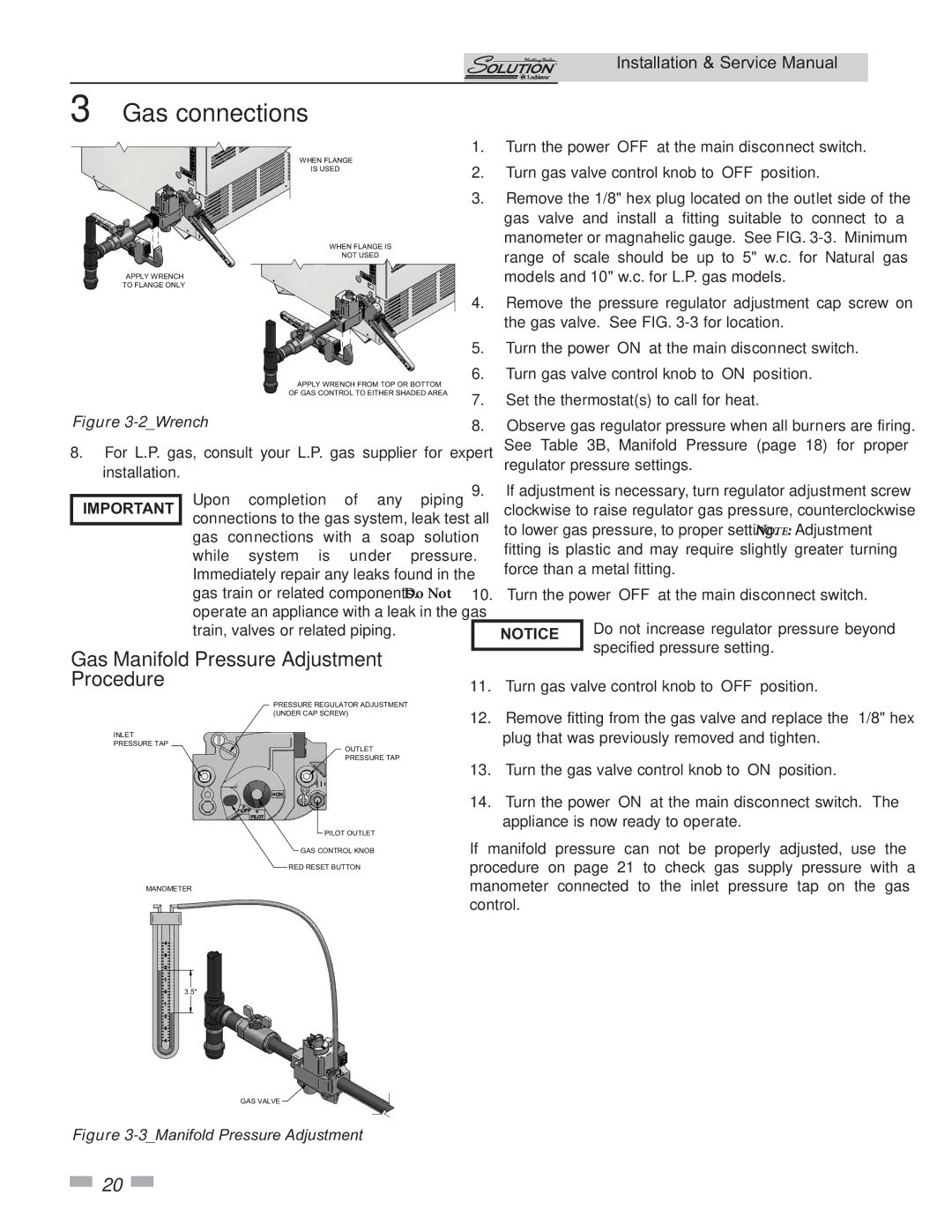45,000 - 260,000 BTU/HR specifications
Lochinvar, a leader in high-efficiency heating solutions, presents the Lochinvar line of boilers, specifically the Lochinvar 45,000 - 260,000 BTU/HR models. These boilers are designed to meet a wide range of heating demands, making them ideal for residential and commercial applications alike.One of the key features of the Lochinvar boilers is their impressive efficiency rating. Utilizing advanced condensing technology, these units can achieve efficiencies of up to 96% AFUE (Annual Fuel Utilization Efficiency). This high efficiency not only reduces fuel consumption but also lowers utility bills, making it a cost-effective solution for heating needs.
The Lochinvar boilers are equipped with a powerful heat exchanger constructed from durable stainless steel. This design not only maximizes heat transfer but also enhances the longevity of the unit. By preventing corrosion and minimizing maintenance requirements, the stainless steel heat exchanger ensures that the boiler operates at peak performance for years.
Another significant aspect of the Lochinvar boilers is their modulating burner system. This technology allows the boiler to adjust its output based on demand, ensuring that it only uses the energy necessary to maintain the desired temperature. This feature not only improves efficiency but also contributes to a more comfortable indoor environment by minimizing temperature fluctuations.
The Lochinvar series also showcases a user-friendly control interface. The advanced LCD display allows for easy monitoring and adjustment of system settings. Connectivity options are often included, providing the ability to integrate with modern building management systems for enhanced control and diagnostics.
Safety features abound in the Lochinvar models, which include built-in safeguards such as temperature and pressure relief valves, flame detection systems, and modulation cut-off to protect against overheating and other hazardous conditions.
Moreover, these boilers are designed for easy installation and maintenance. Compact dimensions and lightweight design facilitate straightforward setup, even in tight spaces. Additionally, users can take advantage of the unit’s self-diagnostic capabilities to simplify troubleshooting and reduce downtime.
In conclusion, the Lochinvar 45,000 - 260,000 BTU/HR boilers represent a pinnacle of innovation in heating technology. With high efficiency, advanced control systems, durable components, and safety features, they stand out as reliable and effective solutions for a variety of heating applications, ensuring comfort and efficiency in any environment.

